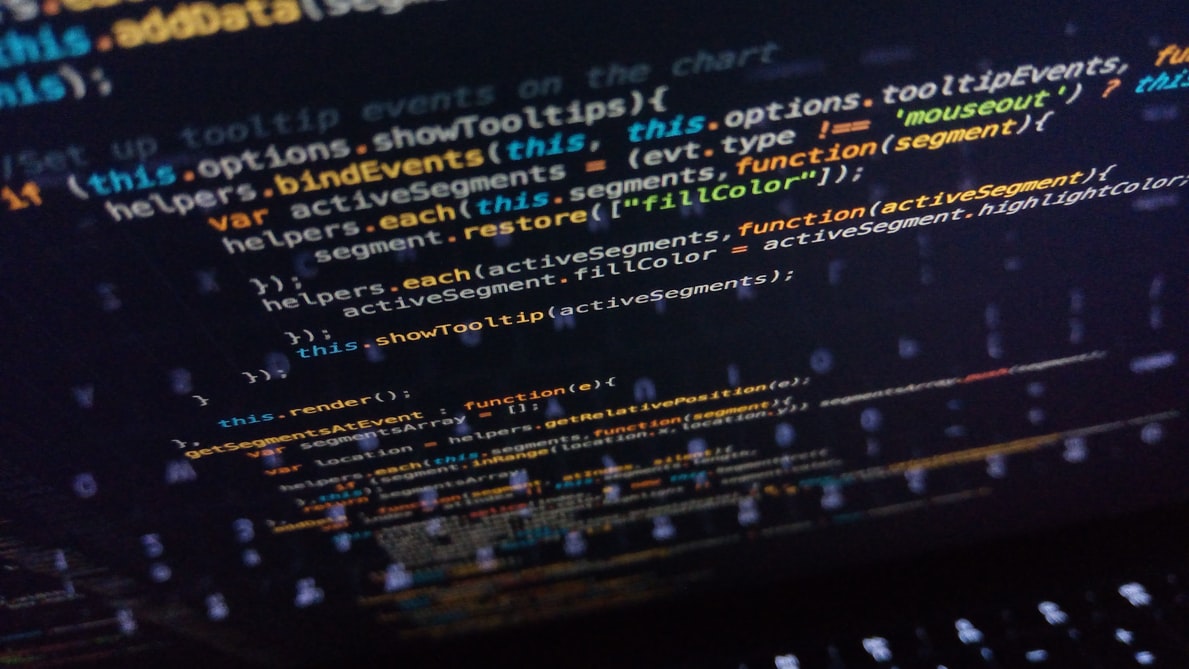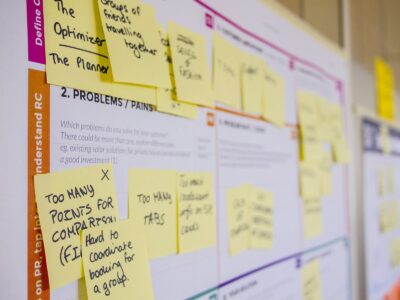By definition, data analytics is the specific process of collecting, compiling, processing, and analyzing data for the purpose of using it to make decisions effectively. Data analytics is vital to businesses of all kinds and types. Here, I will try to explain what data analytics involves, its classification, benefits, types, etc.
Data analytic processes help businesses in various ways. Most especially, in deciding what, where and when to launch new products, and when to market in new areas. Without this, many decision-makers would base their decisions on intuition and luck. This often leads to value destruction instead of value creation.
Classifications of Data Analytics
Information analytics.
This is the process of analyzing information to discover its value for the business and/or the stakeholders. It covers a broad range of topics such as analyzing financial information, customer information, traffic information, weather information, etc. The goal of information analytics is to provide the business with insights to make data-based decisions.
Operational analytics.
This focuses more on the digital operations of businesses although similar to information analytics. It is used specifically to retrieve, analyze, and report on data for IT operations and processes. The data analyzed with operation analytics are much more related to the operations of a business.
SEE: Questions and Answers on Data Science
Benefits
There are a wide variety of these benefits depending on what the data analytics is used for. However, most data analytics are useful for getting high-value, actionable insights from data. These could be beneficial in the following forms:
- customer satisfaction: figuring out what products to be shown to the consumer based on their buying habits.
- fraud prevention: discovering pending fraudulent financial transactions.
- financial forecasting: detecting trends in financial data and using it to predict future market shifts.
- <security threat detection: discovering patterns that indicate potential security risks.
Five Types of Data Analytics
Descriptive Analytics
This often referred to as data mining. It is an input only form of data which requires the highest amount of human effort and interpretation.
Diagnostic Analytics
This focuses on the hindsight and insight from data. It is used to compare historic data with other data. It can also be used to find patterns and dependencies in data.
Predictive Analytics
This type of data analytics focuses on insight and foresight. It uses the result of descriptive and diagnostic analysis to predict future events and trends.
Prescriptive Analytics
This mainly focuses on foresight. It is used to prescribe actions to take based on the data provided. It requires input from all forms of analytics, combines with rules and constraint-based optimization, to make relevant predictions. It uses machine learning algorithms and trained models to predict outcomes based on the input received.
Cognitive Analytics
This (new) type of data analytics focuses on foresight and hypothesis input. It tries to mimic what the human brain does in problem-solving. It generates hypotheses from existing data, connections, and constraints.
In conclusion, you may ask, who then is a data analyst? The precise definition of a data analyst depends on the data responsibility of such a person. However, broadly speaking, a data analyst is someone who is regarded as a problem-solver. A data analyst analyzes data systems, create systems for data retrieval, and compiles analytical data sets. They also build reports and dashboards that are readily available for use by the business. Data analysts have a good understanding of the skills, techniques, and technologies that helps them do great work. They usually don’t work alone as they work with a team containing people from other specialties.






